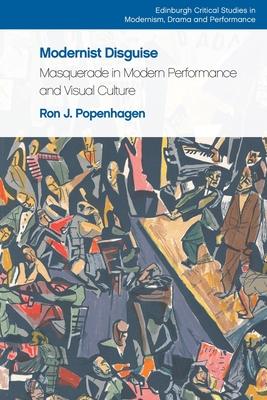Analyses the expansion of head and body masking from nineteenth-century Paris to its international maturity in contemporary culture
- Looks at the presence and development of masquerade in the modernist era - via performance history - with parallel references to theatricality and performativity in visual arts and visual culture
- Comments upon masquerade’s foundation in popular performance throughout the 19th and 20th centuries, frequently alluding to significant images from the history of photography
- Theorises masquerade within the context of European theatre and drama scholarship, as well as British and European conservatory arts and performance training
- Employs critical thinking influenced by phenomenological and semiotic analyses of performance
This book highlights that masquerade can be regarded as a distinct genre of performance activity that employs elements of the carnivalesque, circus, dance, gestural theatre and theatre of objects. Popenhagen traces artistic disguising from fin de siècle Pierrots in Paris, Marseille and Vienna to early twentieth--century masquerading in Moscow and Zürich. He explores identity play and display through the complementary lenses of image studies, cultural history and performance theory.

 看圖書介紹
看圖書介紹










